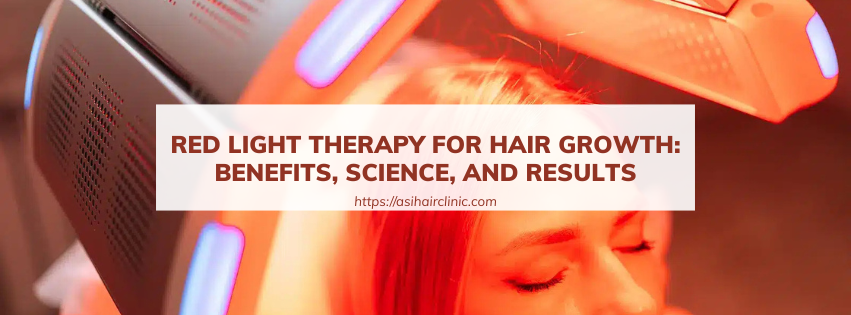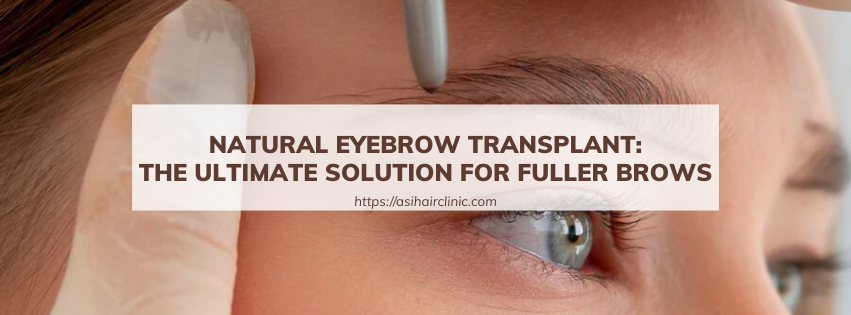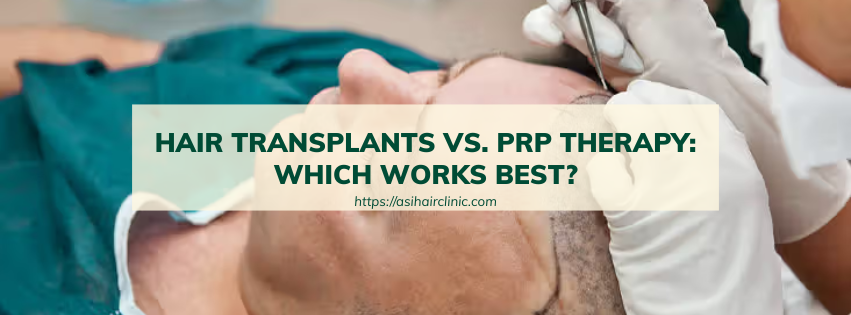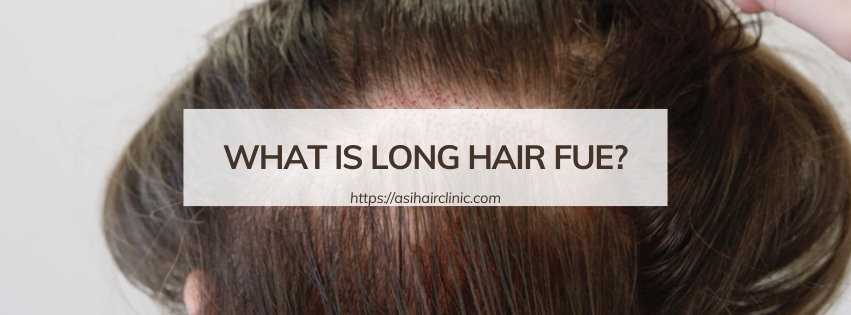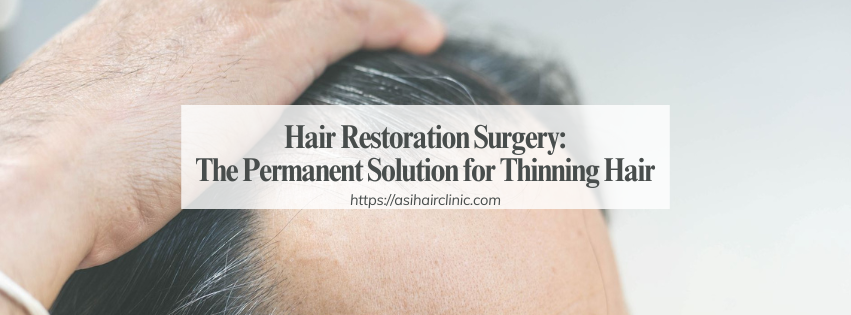Understanding the Difference Between Crown and Hairline Balding
The Difference Between Crown and Hairline Balding is a topic that resonates with many individuals experiencing hair loss. Hair loss, often linked to genetics and hormonal changes, presents itself in various patterns, most notably affecting the crown and hairline regions of the scalp. This distinction is crucial not only for identifying the type of hair loss one may be facing but also for determining the appropriate course of treatment and management. The psychological implications of hair loss can be profound, influencing self-esteem and overall emotional well-being. Thus, understanding the nuances between these two types of balding becomes imperative as it helps individuals navigate their journey toward regaining confidence, whether through medical intervention or lifestyle adjustments.
1. The Nature of Hair Loss: Defining Androgenetic Alopecia
Understanding hair loss begins with recognizing its underlying condition, androgenetic alopecia, commonly known as male or female pattern baldness. This hereditary condition affects millions globally and manifests in distinct patterns, predominantly at the hairline and crown.
1.1. What is Androgenetic Alopecia?
Androgenetic alopecia is characterized by hair thinning and loss resulting from genetic predisposition and hormonal factors. Both men and women are affected, albeit in different ways. In men, the condition typically presents as a receding hairline and thinning at the crown, leading to complete baldness in some cases. For women, hair thinning generally occurs more diffusely across the scalp, with less dramatic bald spots.
This condition is primarily driven by dihydrotestosterone (DHT), a potent derivative of testosterone that interacts with hair follicles, causing them to shrink over time. The shrinking follicles result in shorter, finer hair strands until eventually, the follicles cease producing hair altogether.
1.2. The Stages of Hair Loss
Hair loss progresses through several stages, and it can be helpful to understand these stages when observing changes in your own hair. The Norwood Scale is typically used in men to categorize the severity of hair loss, while women often refer to the Ludwig Scale.
In men, hair loss usually begins with minor recession around the temples, gradually creating an M-shaped hairline. Women, on the other hand, notice a widening part or thinning across the crown without a definitive receding hairline. Recognizing where you are in this progression can aid in seeking timely interventions.

1.3. Psychological Impacts of Hair Loss
The emotional consequences of hair loss can be significant. Many individuals experience anxiety, depression, or a decrease in self-esteem as they grapple with their changing appearance. Studies have shown that both men and women perceive hair as an essential component of their identity, linking it closely to attractiveness and social acceptance. This connection makes the experience of hair loss particularly distressing, necessitating a multi-faceted approach to treatment-one that addresses not only the physical aspects but also the psychological ramifications.
2. Hairline Recession: Understanding the Receding Forehead
One of the most recognizable signs of hair loss is hairline recession. This phenomenon typically starts at the front of the head, progressing over time and forming distinctive patterns.
2.1. Causes of Hairline Recession
The causes behind hairline recession are predominantly genetic, but they can also involve hormonal fluctuations and age-related changes.
Genetics play a significant role; if there is a family history of hairline recession, the likelihood of experiencing similar issues increases substantially. Hormonal factors, particularly the influence of DHT, contribute directly to the miniaturization of hair follicles along the hairline.
As men progress into middle age, testosterone levels may fluctuate, leading to increased DHT production. This hormonal change can exacerbate hair loss, making awareness of familial patterns all the more relevant.
2.2. Symptoms of Hairline Recession
Identifying the symptoms of hairline recession early on can help individuals take swift action. Common indicators include:
- Widening Part: Over time, the central part of the hair becomes increasingly wide, revealing more of the scalp beneath.
- Receding Temples: The temples begin to thin significantly, contributing to an M or U-shaped pattern that becomes more pronounced as hair loss progresses.
- Visible Scalp: As the hairline recedes, parts of the scalp become more visible, which can be alarming for those experiencing this change.
These symptoms serve as critical markers in assessing the extent of hair loss and determining the best treatment options.
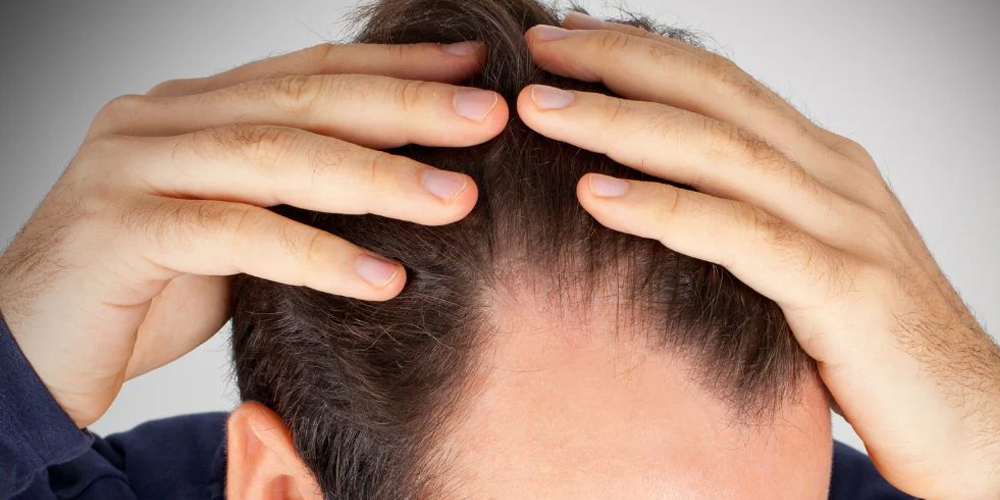
3. Crown Thinning: The Vertex Balding
Another common manifestation of androgenetic alopecia is crown thinning, also referred to as vertex balding. This form of hair loss tends to present itself differently than hairline recession.
3.1. Causes of Crown Thinning
Similar to hairline recession, crown thinning has roots deeply embedded in genetic predisposition and hormonal influences. Elevated levels of DHT continue to play a pivotal role, binding to hair follicles in the crown region and stunting their growth.
Age also contributes to crown thinning, as increased production of DHT over time leads to larger areas of thinning hair. However, stress has emerged as a potential factor influencing hair loss at the crown, with excessive stress often leading to temporary shedding known as telogen effluvium.
3.2. Symptoms of Crown Thinning
For those experiencing crown thinning, the symptoms may include:
- Thinning Hair on the Crown: The hair at the top of the head appears noticeably thinner and less voluminous.
- Widening Part: Similar to hairline recession, individuals may notice that parting the hair in this area becomes increasingly difficult due to diminished density.
- Visible Scalp: Like hairline recession, thinning hair at the crown results in more visible scalp areas, which can be disconcerting for many.
- Increased Shedding: Individuals may observe more hair falling out during daily activities, such as showering or brushing their hair.
Being aware of these symptoms enables timely consultation with healthcare professionals for further evaluation and effective management strategies.
3.3. Addressing Crown Thinning
Individuals dealing with crown thinning have multiple avenues for addressing their hair loss concerns. Medical treatments like minoxidil remain popular choices due to their accessibility and efficacy. Additionally, advanced techniques like platelet-rich plasma (PRP) therapy are gaining traction, where concentrated components from one’s own blood are injected into the scalp to promote hair growth.
At the same time, lifestyle modifications focusing on nutrition and overall wellness can contribute positively to hair health. A balanced diet rich in vitamins and minerals, particularly biotin, zinc, and iron, is essential for maintaining healthy hair growth.
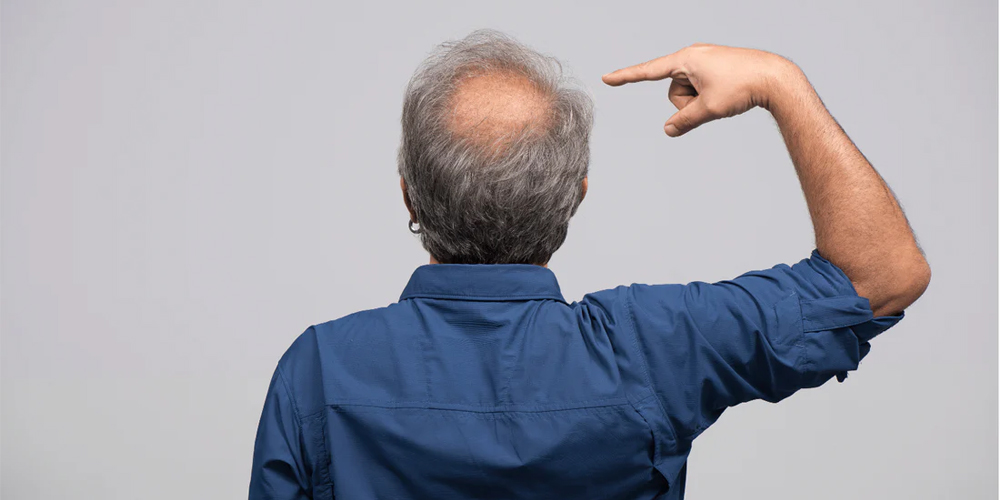
4. Distinguishing Between Hairline Recession and Crown Thinning
While both hairline recession and crown thinning result from androgenetic alopecia, distinguishing between the two can guide treatment decisions and expectations for recovery.
Key Distinctions Between the Two Types of Balding
When comparing hairline recession and crown thinning, notable differences become apparent:
- Location: Hairline recession predominantly affects the front of the head, including the temples and forehead. In contrast, crown thinning occurs at the top of the head.
- Pattern of Loss: Hairline recession typically follows a gradual pattern, creating a defined M or U shape, whereas crown thinning manifests as an expanded area of thin hair, often leading to a bald spot.
- Progression Speed: Hairline recession can develop slowly over time, whereas crown thinning may advance more rapidly, sometimes prompting quicker action from those affected.
- Appearance: The visual impact of each type varies; hairline recession creates a receding forehead, while crown thinning results in a noticeable bald area atop the head.
By understanding these distinctions, individuals can make informed decisions about consulting dermatologists or specialists who can accurately diagnose and recommend targeted treatments.
Conclusion
In conclusion, understanding the difference between crown and hairline balding is essential for recognizing early signs of hair loss and seeking appropriate treatment. While genetics considerably influence both types, additional factors such as hormones, age, stress, and lifestyle play pivotal roles in their onset and progression. Early intervention and approaching hair loss holistically can lead to effective management and improved quality of life.
LATEST POSTS



